Key Takeaways
- You can create a barcode using a free UPC barcode generator, but it will not be genuine.
- Universal Product Code, or UPC, refers to barcode symbology used in North America and other parts of the world.
- A UPC barcode is encoded with a Global Trade Item Number (GTIN) through a not-for-profit organization known as GS1.
- GS1 is the sole provider of globally accepted UPC barcodes.
- Most retailers, like Amazon and Walmart, require a product to have an active GTIN encoded into the UPC.
- It’s best to avoid UPC barcode resellers to avoid potential legal issues.
Since the explosion of ecommerce in the past decade, products have been getting into the consumer’s hands in record time. Anything we could ask for is just a few clicks away from being at our doorstep within 24 hours. Many contributors make that possible, but a major one is barcodes. They streamline the entire supply chain by making inventory management quick, easy, and more accurate. Despite their importance, however, figuring out how to actually obtain them can be confusing– and a bit headache-inducing.
Today, we’ll be going over what Universal Product Code (UPC) barcodes are, why they’re so crucial for modern businesses, and other things, such as whether or not you can use a free UPC barcode generator.
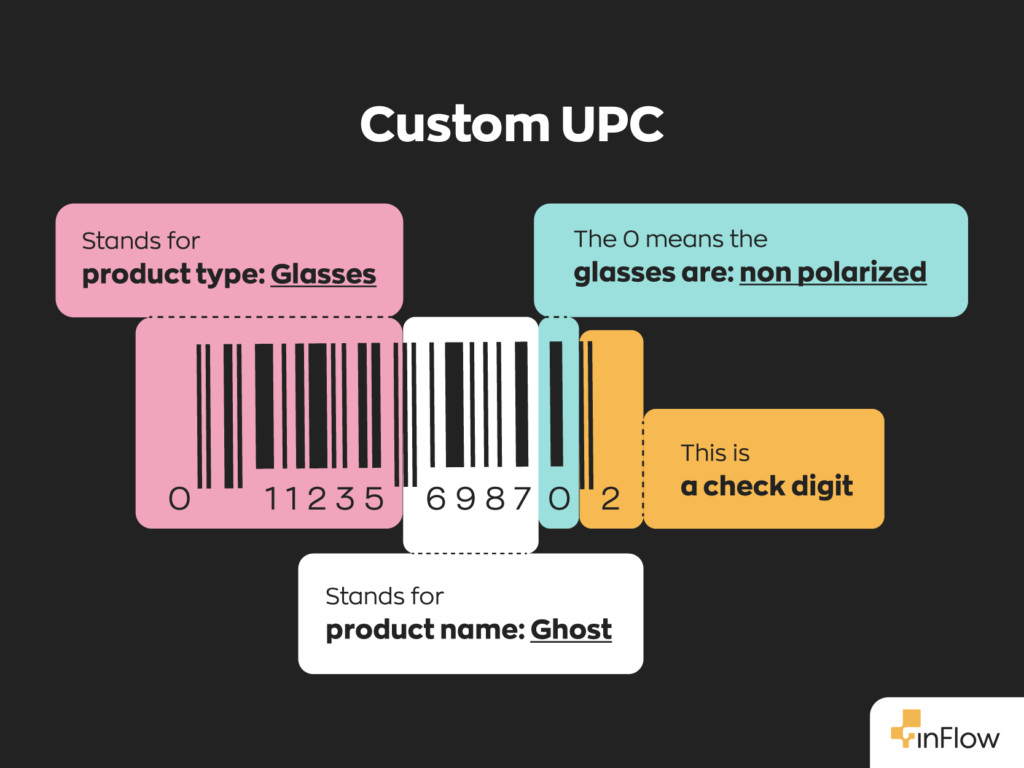
Why are barcodes so important?
The average consumer only regularly sees one use of barcodes: to tally up their total at checkout. And while that’s undoubtedly one of their primary use cases, they offer much more behind the scenes.
Barcodes are great for tracking inventory levels, keeping an eye on asset usage, and you can utilize LPN barcodes to enhance your warehouse management. You can even use barcodes on shelves and documents. The possibilities are endless. However, because they keep track of sales, they’re also an essential part of accounting.
They’re not quite a necessity– some businesses that primarily offer services, for example, may not need them. However, most common services like electrical and plumbing often need to track their components and equipment internally.
In short, they’re a critical component of running a modern business. There’s a reason practically every business under the sun uses them– things are just more difficult and time-consuming without them.
UPC barcode definition
For starters, lets go over what is a UPC barcode. A UPC barcode refers to a specific barcode symbology businesses in North America and many other parts of the world use on their products. You’ve almost certainly seen one of these barcodes somewhere; they’re on basically every item in every store. These barcodes are encoded with a Global Trade Item Number (GTIN), registered by GS1 (more on GS1 below).
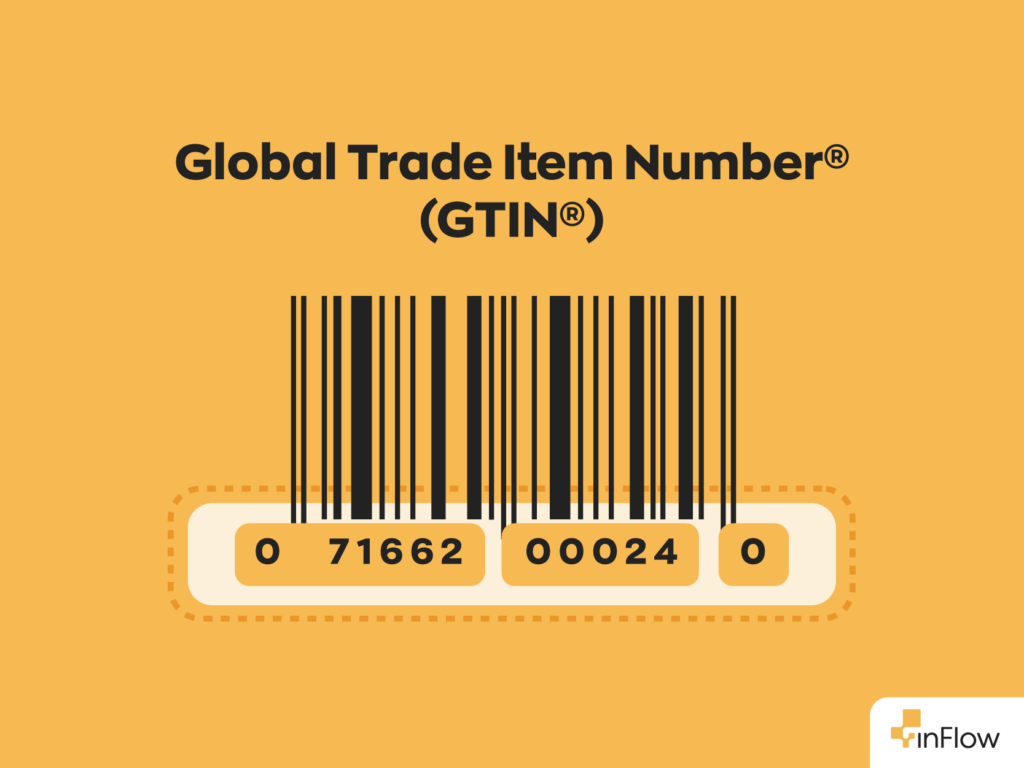
Now, if you search “UPC barcode generator,” you’re bound to find a few online barcode generators that are totally free to use. Technically, there’s nothing wrong with using these barcode generators; you’ll undoubtedly get a UPC barcode from them. However, the barcodes they produce won’t be authentic. This means they won’t be registered with GS1 or recognized globally by other organizations.
Most popular retailers require products to have officially registered UPC barcodes for their products to ensure their authenticity. Even online retailers like Amazon and Walmart require them for products to be listed on their sites.
Who is GS1?
Now, you’re probably wondering: Who is GS1, and why do they matter? GS1 is an essential figure in the business world—it is the only official global provider of UPC barcodes. That might seem strange, considering that most markets try to avoid monopolies, but GS1 is a not-for-profit organization, and they’re not doing this to line their own pockets. They aim to bring standardized systems worldwide. Of course, barcodes are a significant part of that.
Nowadays, the global supply chain involves hundreds of different countries. Imagine if every country developed its own barcodes independently of one another. This would make it incredibly difficult to maintain the supply chain and make collaboration nearly impossible. The role of GS1 is to ensure that everyone is on the same page regarding processes, including barcodes.
Do free online UPC barcode generators work?
Plenty of tools online claim to be free online UPC barcode generators. However, the reality is that the UPC barcodes generated by these tools lack the most critical component that makes UPCs valuable, and that’s the GTIN.
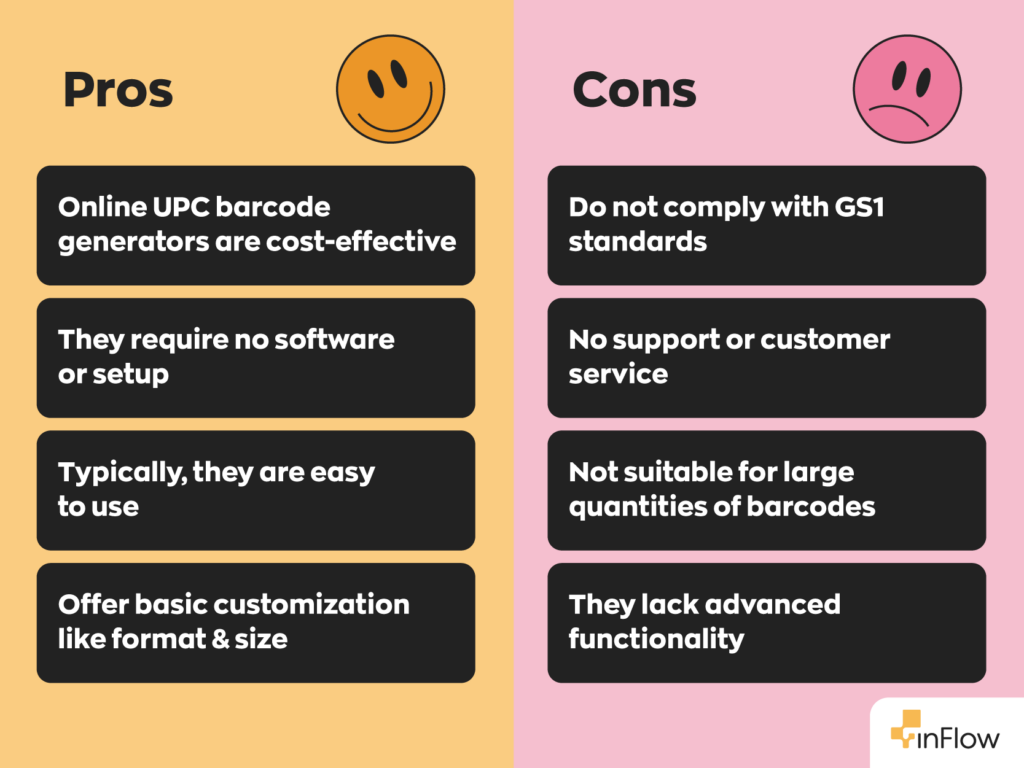
If you use an online UPC barcode generator, your barcodes will work fine within your barcoding software, but that’s about it. If you’re just generating barcodes for in-house use, then there’s no real problem with that. However, if you want Amazon, Walmart, and other large retailers to recognize them, you need to go through GS1.
Where to find an authentic UPC barcode generator?
There’s a few different ways to get your hands on authentic UPC barcodes. The easiest, most obvious way is to order them straight from GS1. When you purchase from GS1, you have two options: buy them individually or license them under a company prefix. Depending on how many barcodes you license, both the initial and annual fees will vary. For 1-10, there’s a $250 initial fee and $50 annual. 1-100 is $750 and $150 respectively. To 1,000, it’s $2500 and $500. The prices continue to increase at both 10,000 barcodes and 100,000 barcodes.
Licensing under a company prefix has benefits, most of which apply to businesses operating in multiple locations and/or countries.
Alternatively, you can use a UPC barcode generator from authorized partners. inFlow’s GTIN barcode shop is the easiest way to purchase retailer-ready UPC barcodes. Just enter your product and company information, and head to check out—no renewals– just a one-time $30 fee per barcode.
Once you have your official UPCs, you’ll need a reliable way to print and apply them. The inFlow Portable Label Printer makes it easy to generate professional barcode labels wherever you are. With wireless connectivity, mobile compatibility, and rugged durability built for warehouses, it’s the perfect companion for printing GS1-compliant UPC labels on demand.
What about UPC resellers?
It’s best to avoid UPC resellers for several reasons. First, they may be illegally selling you something they do not own. The only UPC barcodes that can be legally resold are those created before the 2002 lawsuit.
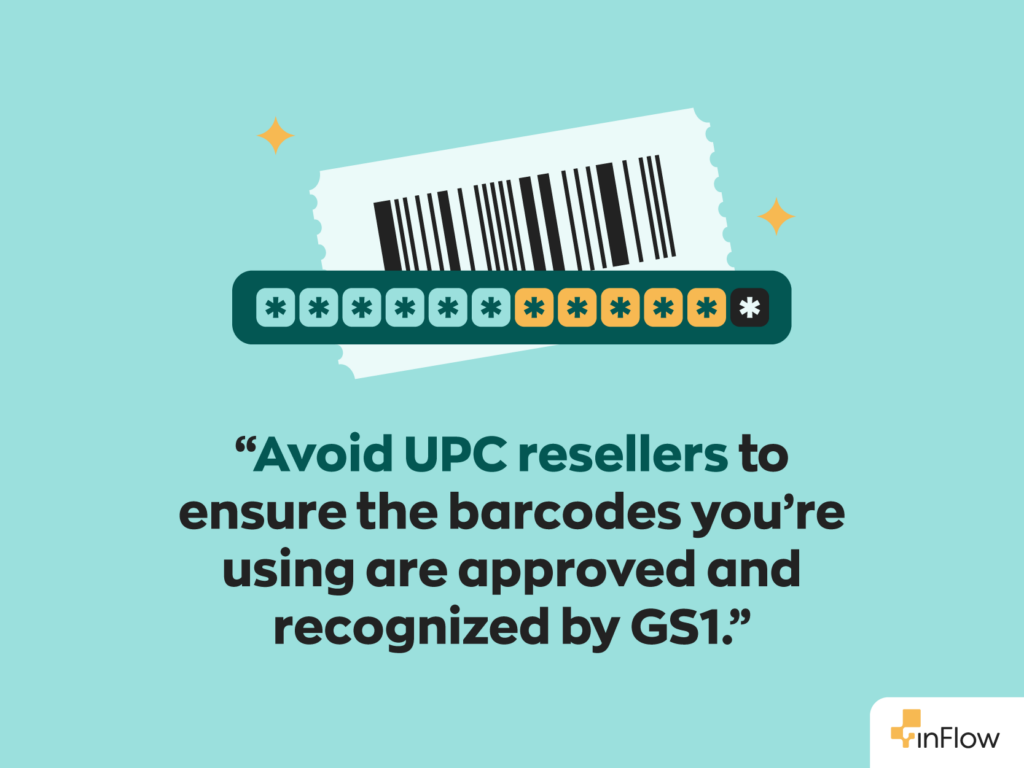
In 2002, the Uniform Code Council, or UCC, who would later become GS1, lost a class action suit. As a result, the owners of any barcodes before 2002 can legally sell them. And to be clear, there’s a ton of them out there. However, they don’t count as an active license, meaning retailers like Amazon and Walmart won’t accept them.
And then there’s also the illegal part of things. If the barcode doesn’t fall into that category, it’s a registered business asset belonging to someone else. That means it’s something they can’t legally sell you, and you can’t legally use it either.
Getting all UPCs directly from GS1 or authorized partners like us is the best option. While there is a small initial investment, it will save you massive headaches down the road.
The bottom line is that GS1 is the only true UPC barcode generator.

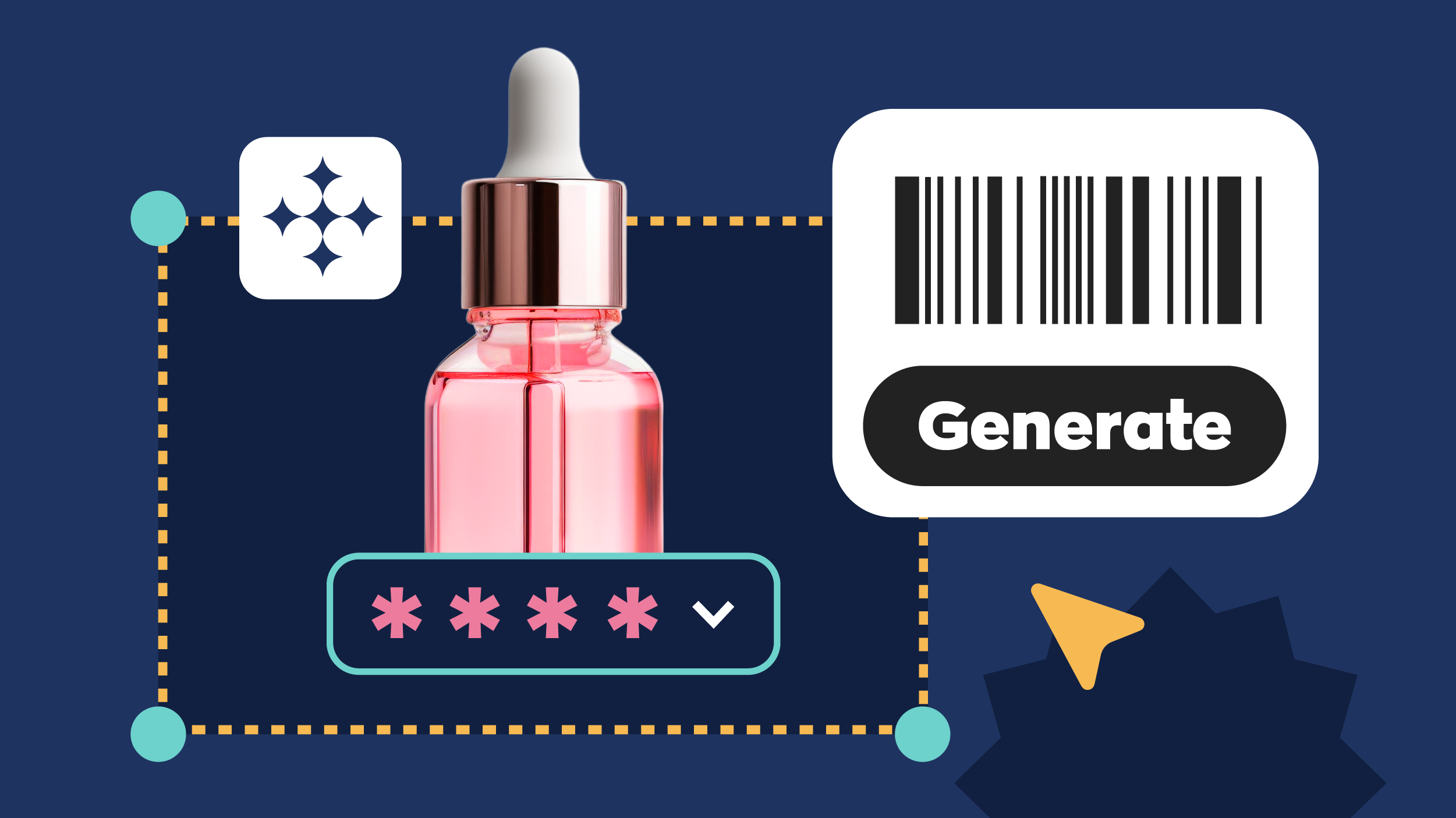


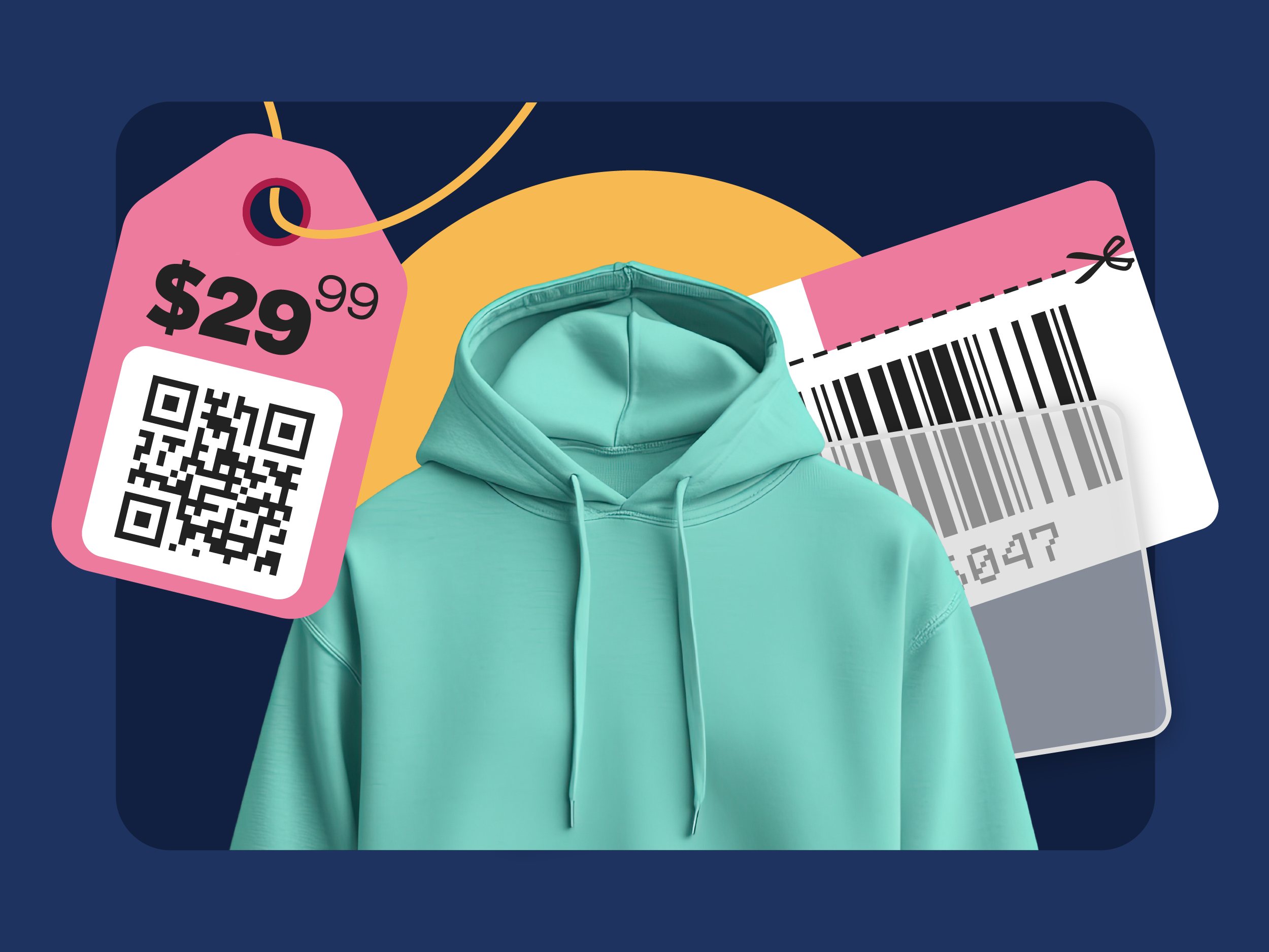
0 Comments